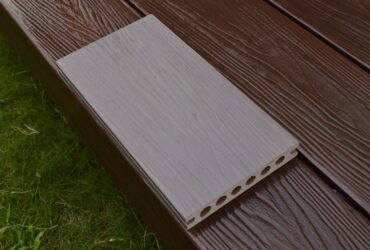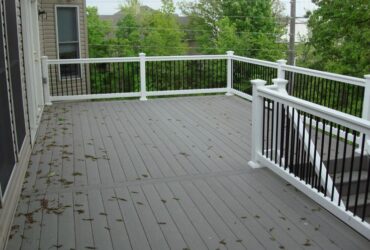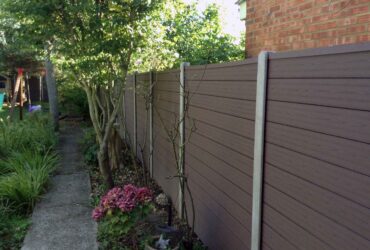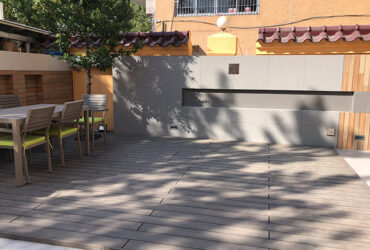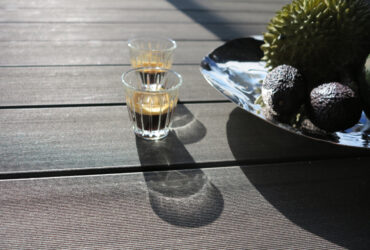Wood-plastic Composite Interface Compatibility Process and Analysis
Wood flour and plastic form composite materials under certain temperature and pressure conditions. Under such process conditions, plastic is a viscous fluid substance with certain fluidity, and the physical effects that occur are mainly limited to the surfaces of wood powder and plastic fluid, forming a wood-plastic composite interface with a certain strength. Because the chemical structures of the two are not destroyed under such process conditions, no new chemical bonds are formed. Therefore, "This composite process is a physical adsorption process and can be regarded as the first process. The main force between the wood-plastic interface is the van der Waals force between molecules. Under heating conditions, this process can be regarded as a combination of the two processes of spreading and penetration of plastic on the surface of wood powder and adsorption of plastic by wood powder. Therefore, the surface free energy of wood powder and plastic will affect the entire composite process and determine the properties of the composite material. Plastic in a viscous flow state can spread on the surface of wood and form a new composite interface because its surface free energy is smaller than that of wood powder.
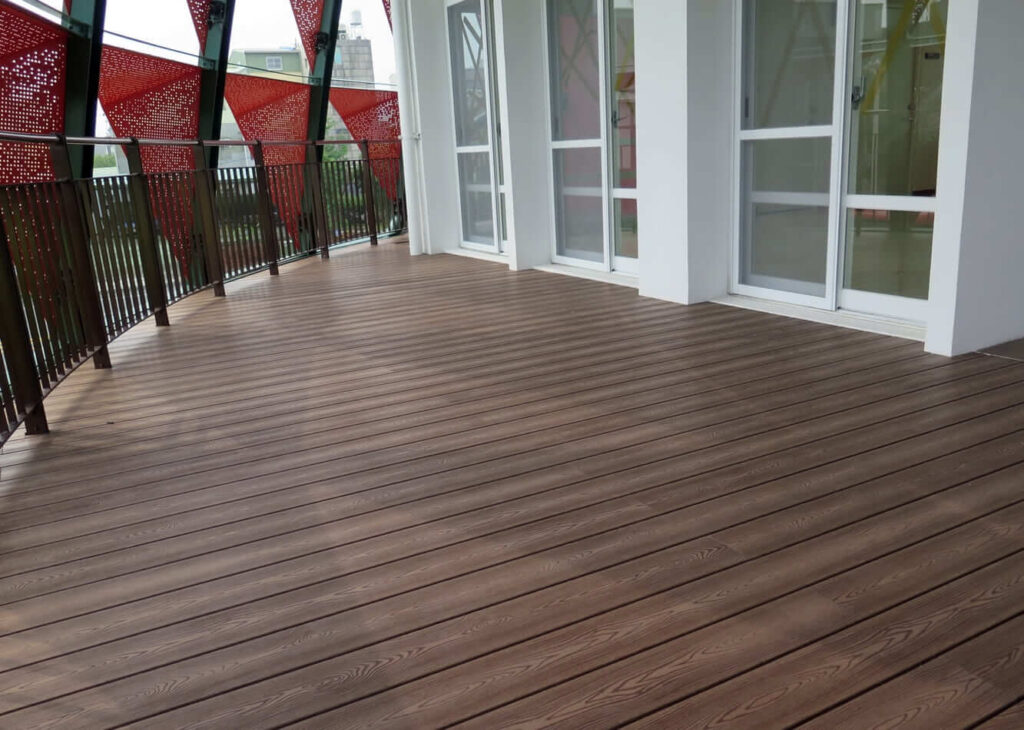
The second process caused by the spreading of viscous flow plastic on the surface of wood flour is the adsorption and penetration of plastic on the surface of wood flour and its mutual fusion with wood flour molecules. What plays a major role in this process is the non-polar surface free energy of wood flour. Plastic and wood powder are both polymer materials, and the force of mutual adsorption is the van der Waals force between molecules. The size of the van der Waals force between the two will affect the degree of bonding between wood powder and plastic. Van der Waals forces include three forces: electrostatic force, induction force, and dispersion force. The magnitude of these three forces is inversely proportional to the seventh power of distance. For polar molecules, van der Waals forces are mainly electrostatic forces, while for non-polar molecules, dispersion forces can account for 80%-100% of van der Waals forces.If the non-polar surface free energy of wood powder is high, that is, the polarity is small, the force between wood powder molecules and plastic molecules will be dominated by dispersion force.The distance between molecules is small, resulting in large van der Waals forces, resulting in good fusion of wood powder surface molecules and non-polar plastic surface molecules.Because the plastic structure is mainly composed of non-polar groups such as hydrocarbon groups, its surface free energy is generally low and mainly non-polar surface free energy. On the contrary, if the wood powder is highly polar, electrostatic force and inductive force will play a major role, and the wood powder will mainly adsorb polar molecules such as water and form a weak boundary layer on the wood surface.Generally speaking, the interaction between polar groups is stronger than that between non-polar groups, and the interaction between polar molecules is also greater than the van der Waals force between non-polar molecules. In this case, the highly polar non-polar wood powder molecules with low surface free energy have weak interactions with the non-polar plastic molecules.This leads to a decrease in the binding properties of wood powder surface molecules and plastic surface molecules.

The above analysis results show that the interfacial properties of wood-plastic composites are determined by a variety of different factors. Among them, the surface properties of wood powder and the physical, chemical and surface properties of plastics have an important impact on the interfacial strength performance of wood-plastic composites. Among the surface properties of wood flour, the higher the total surface free energy and non-polar surface free energy of wood flour, the better the interface fusion with plastics, and the higher the interface strength of the formed wood-plastic composite material. The influence of the surface roughness of wood powder on the interfacial properties of wood-plastic composites depends on the surface roughness of the wood. Under the surface roughness that is conducive to the flow of plastic, the surface roughness of wood powder is larger, the interface between it and the plastic is larger, and the strength of the wood-plastic composite interface formed is higher. The influence of plastic on the interfacial properties of wood-plastic composites mainly depends on the surface free energy of the plastic and the glass transition temperature of the plastic. The lower plastic surface free energy and plastic glass transition temperature are conducive to the flow and penetration of plastic on the surface of wood powder. The formed wood-plastic composite interface has high strength and good stability.

